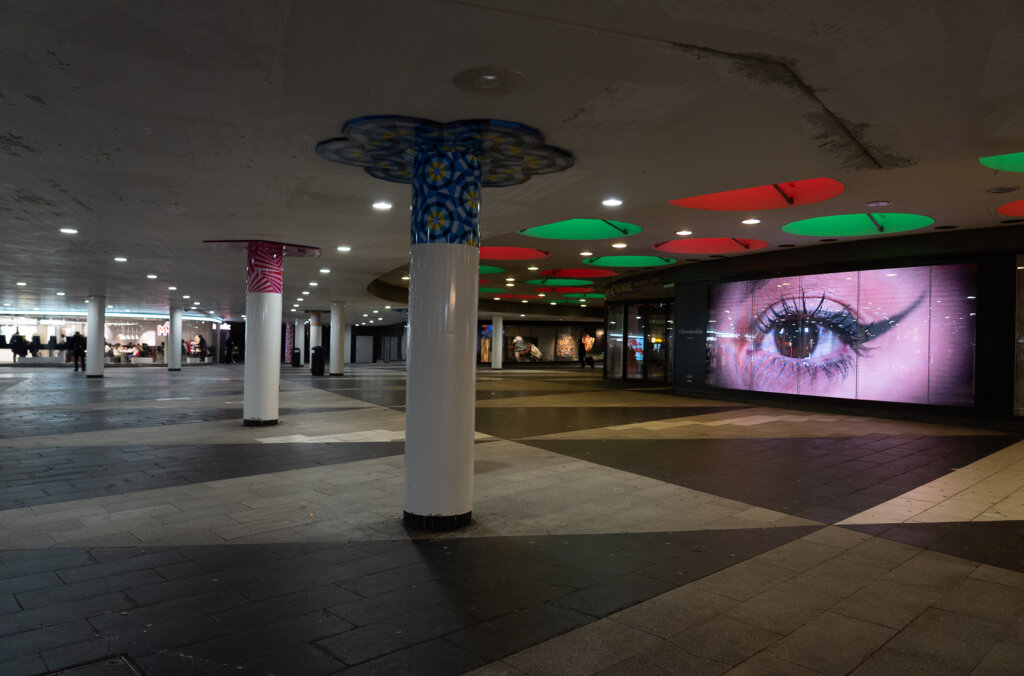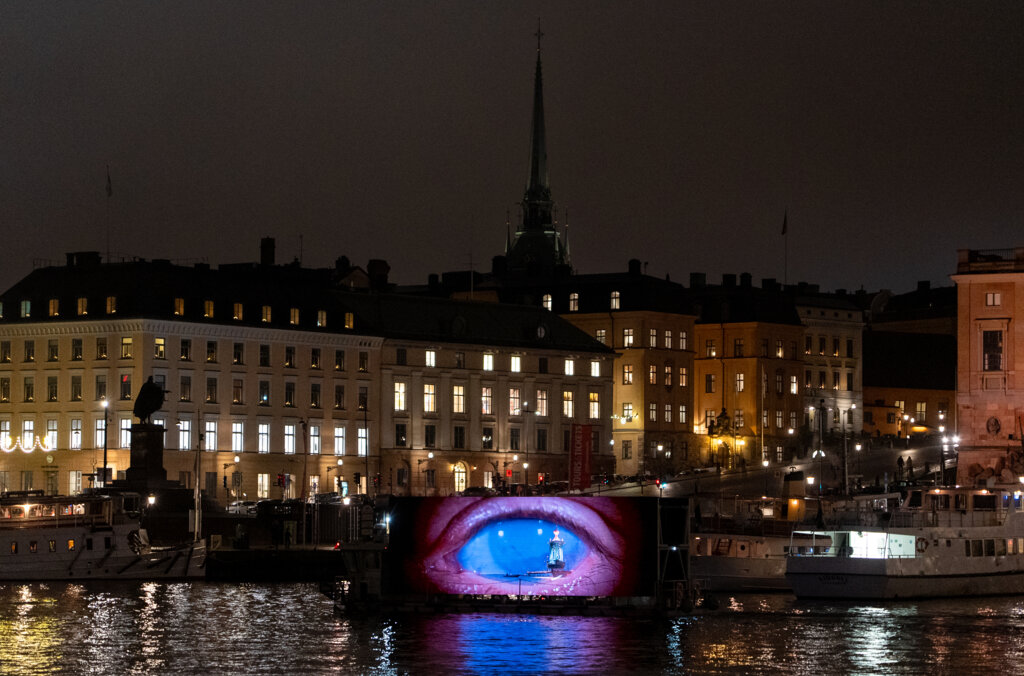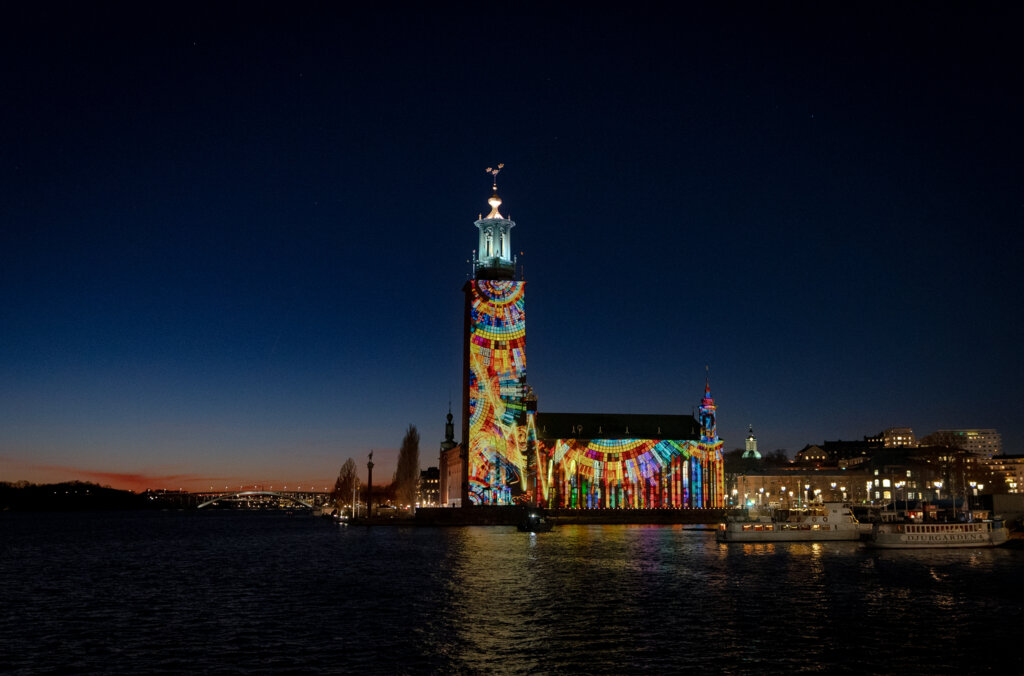
Nobody on this planet will be untouched by the impacts of climate change.
Rajendra Pachuri, chair of Intergovernmental Panel on Climate Change (IPCC) 2002–2015
Throughout history, the eye has held deep symbolic meaning across cultures. Ancient depictions, like the “Eye of Horus” or “Wadjet Eye” from Ancient Egypt, symbolized protection, healing, and renewal. In modern times, the eye has come to signify awareness, consciousness, and insight—all qualities humanity must harness in the face of environmental challenges.
The Peace Prize was awarded to the IPCC in 2007 for “their efforts to build up and disseminate greater knowledge about man-made climate change, and to lay the foundations for the measures that are needed to counteract such change.” The artwork has drawn inspiration from this Nobel Prize.
The Eye invites viewers to gaze through the eye, not just as a physical frame, but as a gateway to human experience. It mirrors the uncertainties, fears, and hopes bound to a world undergoing climate transformation. The eye becomes a mirror, revealing both the imprint we leave on the planet and the resilience we need to confront these challenges.
NOBEL WEEK LIGHTS
6–14 December 2025
Discover all artworks in Nobel Week Lights 2025.

KRAM, Hyper Island
This installation is a collaboration between Nobel Week Lights and students from the Hyper Island Digital Creative program.
The students have formed a creative agency called KRAM, where they explore new frontiers in design and storytelling. The Eye marks KRAM debut public art project.
KRAM is a team of young, creative souls who believe in kindness, respect, and strong teamwork. We create experiences that put people first.

Nobel Week Lights
Art lighting up Stockholm
Read about Nobel Week Lights, a free light festival taking place in Stockholm during the darkest time of the year.